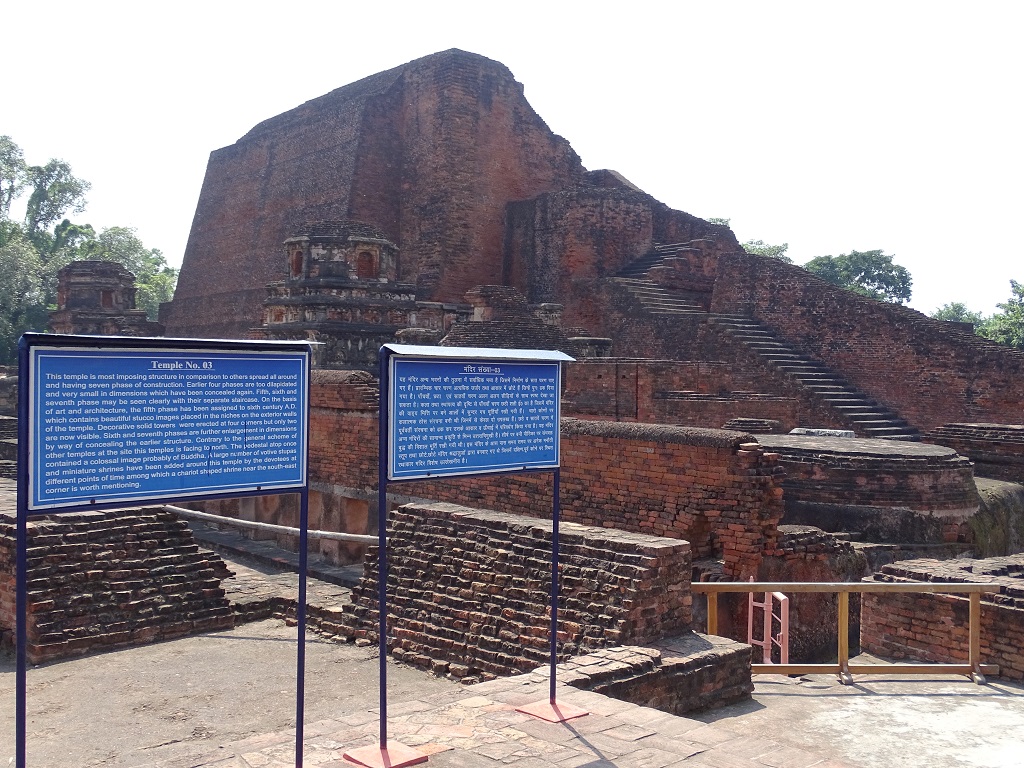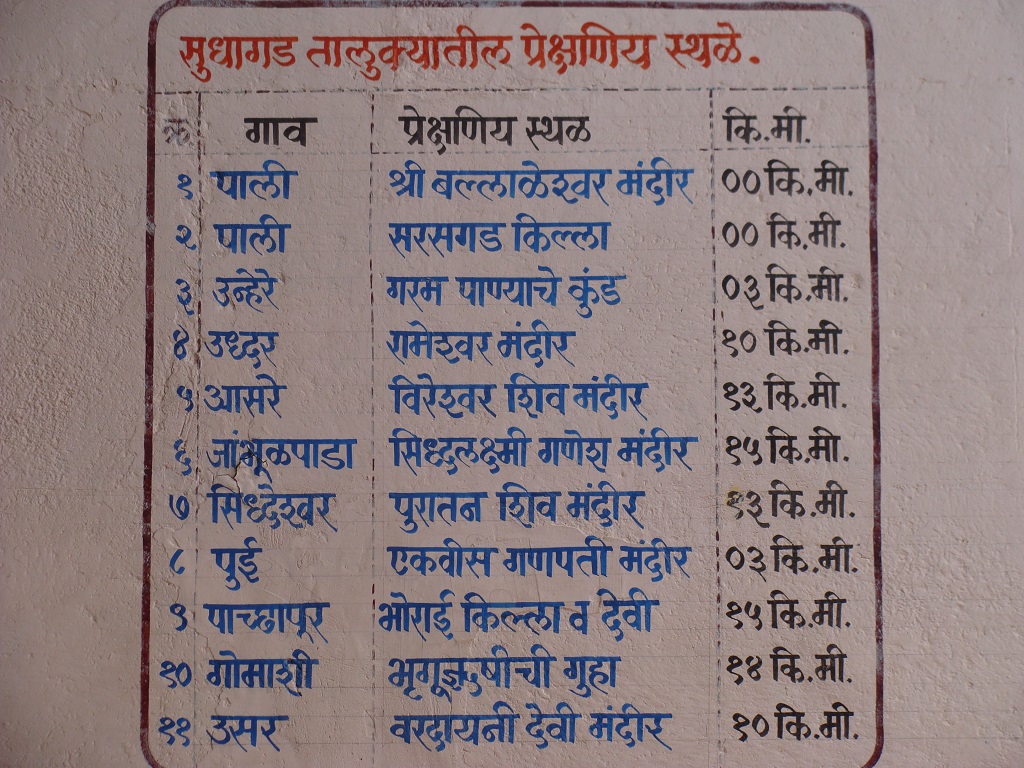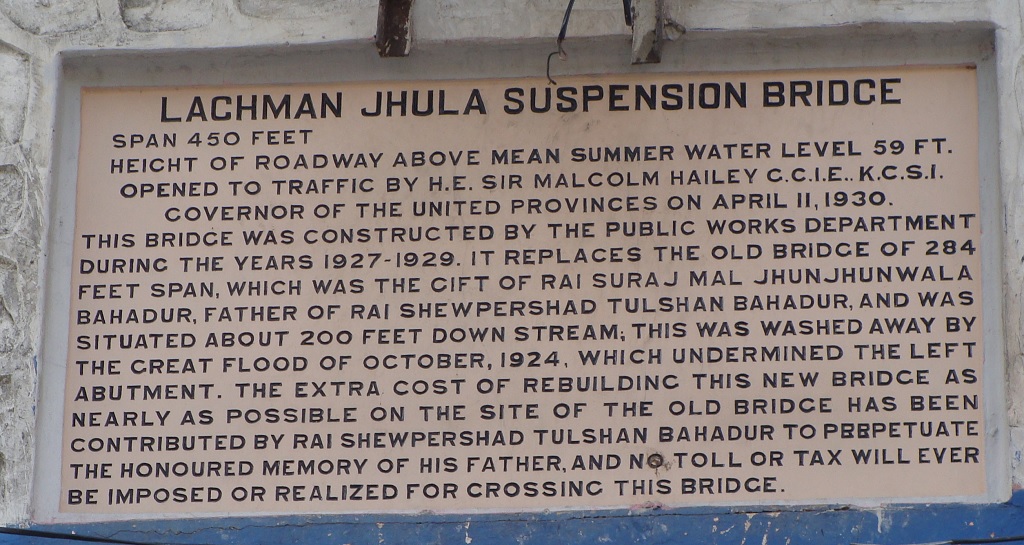It was Sunday morning (less crowded train), I and two friends were visiting Tungareshwar Temple at Vasai East via Mumbai’s local train.
I was at Andheri Railway Station a little before 6 am to catch the 6:05 am Virar slow train.
IInd ordinary ticket was purchased from Andheri to Vasai Road (to and fro) for Rs. 20 only/per person.
The local train (Slow) was on time and less crowded (You may take Fast also at 5:51 am & 6 am).
I suggest: Download M-Indicator – an award-winning Public Transport App of India for up-to-date information.
Andheri Railway Station till Vasai Road local train journey time approx. 45 minutes.
We walk towards the East side. There were autos lined up outside Vasai Road Railway Station (East).
I enquire with an auto wala – How much for Tungareshwar?
Rs. 250 – He said.
I walk further and ask another auto wala.
Rs. 50 per person – He said.
We were three passengers but auto wala require five passengers for the journey.
The question: Auto fare from Vasai Road (East) to Tungareshwar – How much I Paid?
Finally, for Rs. 200 he was ready for the journey with three of us.
15-20 minutes/8 km journey approx., we reach Tungar Phata (Tungareshwar temple gate – below National Highway bridge).
Road-condition from Vasai Road to Tungar Phata was not excellent as compare to my last visit (March, 2021) due to rainy season.
Vasai Road till Tungar Phata (Tungareshwar temple gate) – Rs. 40 per person – I paid to auto during my last visit.
Last time during my visit, autos coming from Vasai Road are allowed only till Tungar Phata (Tungareshwar temple gate).
Tungar Phata (Tungareshwar temple gate) to Tungareshwar forest gate, you may hire another auto for Rs. 10 per person.
But this time the auto dropped us till Tungareshwar forest gate.
Tungar Phata (Tungareshwar temple gate – below National Highway bridge) till Tungareshwar temple is a 3.5 km distance.
Tungareshwar forest gate, you may hire another auto till Tungareshwar temple or walk/trek.
While returning, at Tungareshwar forest gate we hired an auto for Rs. 50 per person till Vasai Road Railway Station (East).
Thus, Auto fare from Vasai Road (East) to Tungareshwar (to-and-fro) total amount we paid for three passengers – Rs. 350 only.


